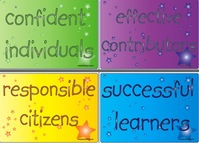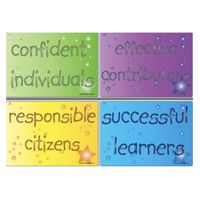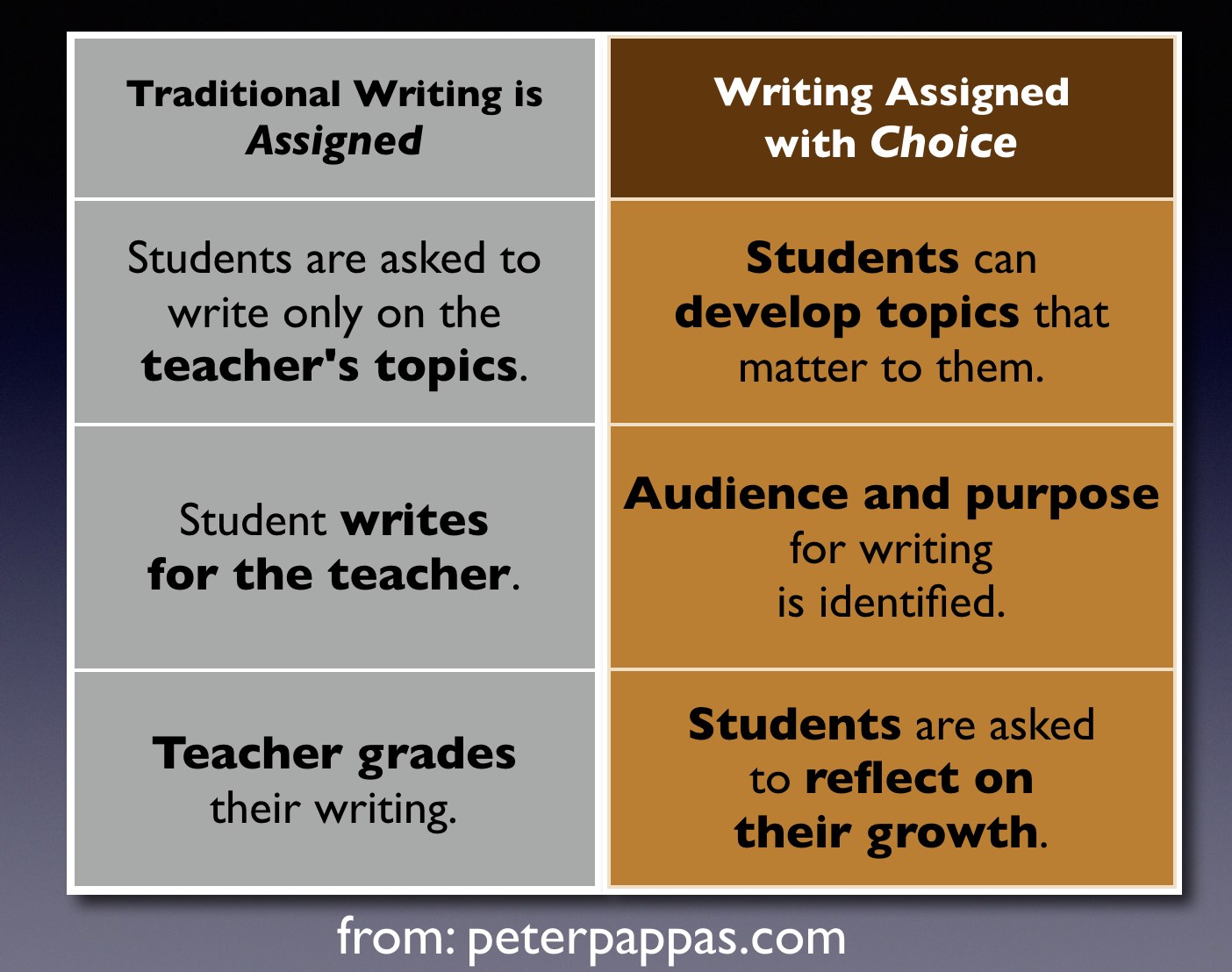As a social studies high school teacher, I faced over 25 years of the first day of school. When I first began teaching, I did usual thing – working through the class list (“do you prefer Patrick, or Pat?), a dry recitation of the class rules, passing out the textbooks. Blah, blah, blah – think of the message it sent to my students.
As my teaching style evolved from the lecture / work sheet model into a more engaged learning environment, I redefined how I wanted to introduce my students to my course. I also came to understand that it was imperative that I get all my students to contribute a few comments to the class during those first few days. Very quickly classes learn which students are the talkers and non-talkers. Once those roles are locked in – it’s very difficult for student for break out of them.
So I didn’t waste the opening week of school introducing the course – my students solved murder mysteries. I took simplified mysteries and split them into 25-30 clues, each on a single strip of paper. (Think of a fortune cookie). I used a random count off to get the kids away from their buddies and into groups of 5-6 students. Each group got a complete set of clues for the mystery. Each student in the group got 4-5 clues that they could not pass around to the other students. They had to share the clues verbally in the group and that guaranteed that every student is a talker on day one.
Two different mysteries you can use:
Murder Mystery 104KB pdf
Bank Robbery 109KB pdf
My instructions to students:
“Today we are going to play another game that will help improve your discussion skills. Each of the pieces of paper I am holding contains one clue that will help you solve a mystery. If you put all the facts together, you will be able to solve the mystery. Any time you think you know the answers and the group agrees on the guess, you may tell me. I will only tell you whether everything is correct or not. If parts of your answers are incorrect, I will not tell you which answers are wrong.
You may organize yourselves in any way you like. You may not, however, pass your clues around or show them to anyone else, and you may not leave your seats to walk around the group. All sharing of clues and ideas must be done verbally.”
Discussion Guide
- How were decisions made in your group?
- Was a leader needed?
- Was time lost getting organized?
- Was it ineffective for everyone to talk at once?
- Did problems arise because some people didn’t present their clues?
- Did any members ignore the clues of others?
- Were attempts made to encourage the participation of all members?
- Did anyone monopolize the discussion? Was this productive for the group?
- How did you organize the information to solve the mystery – time, person, location, etc?
- Could you have organized the information more efficiently?
Follow up:
Over the next few days we would process their problem solving skills, group dynamics, differences between relevant and irrelevant information and introduce the idea of higher-order thinking like analysis, evaluation and creating. We might even have time to try the second mystery to see if their group process and problem solving skills improved.
Suggestions:
Want more mysteries? The teacher can easily write clues for a mystery of his own creation, simply making sure that not every clue is relevant to the task. Some of the clues can serve as distractors, but these must be contradicted by other clues. The group might wish to attempt transferring their new skills to a subject-matter problem, one in which all students are in command of the basic information needed for solving it. Students can be supplied with units of information and use the same technique to organize and evaluate data and to draw conclusions. In some cases they can be assigned the task of simply organizing the information into categories. Or students could be assigned the task of organizing the material and then developing conclusions or hypotheses. Material can be drawn from a variety of primary or secondary sources, or you may wish to assign students the task of assembling their own information.
~ Updated from an older post from August 27, 2008 ~
Photo credit: Flickr / walknboston
Like this:
Like Loading...






